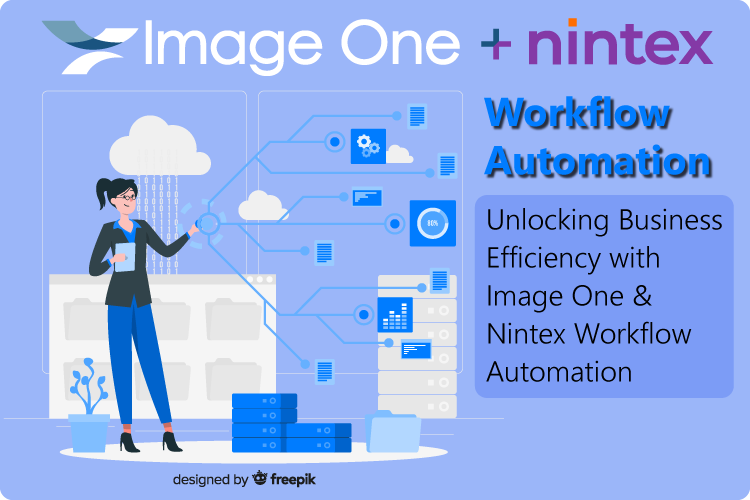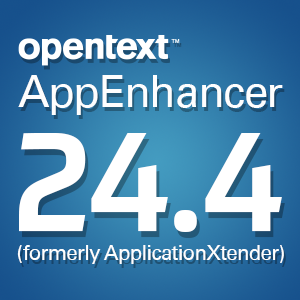Paperless treasury management on the rise
Tuesday, June 25, 2013Businesses, schools, hospitals and other organizations around the country have embraced a paperless transition for a variety of benefits, from reducing environmental impact and resource costs to driving efficiency. And financial organizations in particular can leverage electronic document management to address a range of needs and requirements.
According to 4 Traders, Fiscal Assistant Secretary Richard L. Gregg recently testified regarding the Department of the Treasury's initiative to increase the number of paperless transactions by paying federal benefits electronically. He noted that the Treasury executes billions of transactions every year, which when completed with traditional paper methods, can be slow, inaccurate, expensive and unsecure. As a result, he explained that the Treasury launched an All Electronic initiative to replace these outdated processes with more streamlines electronic ones.
Bank Systems & Technology revealed that financial institutions face increasingly high demands for managing deposit and commercial services, particularly due to changing regulations by the Federal Financial Institutions Examination Council. These organizations need to make sure that all documents are properly accounted for and signed, which can be challenging. The news source explained that manual entry is time-consuming, and also poses risks for errors, inaccuracies or even lost documents. Going paperless in treasury, however, could resolve many of these issues.
New efficiencies
The news provider reported that treasury management is one of the most paper-intensive processes in the finance industry. Sales people often need to make multiple photocopies or deal with routing paperwork to the proper teams for remote deposit, lockbox, wires and other services. These steps take considerable time and often result in errors that compromise effective delivery, as well as cause problems during audits. However, Bank Systems & Technology was adamant that today's digital technologies allow a bank to eliminate the need to enter the same information multiple times. Documents can be signed and transmitted electronically, entering a workflow that automates the tracking process and makes it almost impossible to lose that file.
Bank Systems & Technology pointed out that since paperless processes automatically generate agreements, the system can monitor changes and ensure that all documents flow through the necessary procedures. Documents are also indexed automatically, expediting and easing the audit process. As signed documents can be transmitted immediately to the bank's office for processing, operations that used to take up to four days can now be completed in four hours or less. Further, electronic indexing and archiving eliminates the possibility for a missing or misfiled agreement.
As the government pushes for a digital transition, agencies and banks will be able to make more accurate, timely payments while driving down dependency and spending on paper resources.
Brought to you by Image One Corporation providing complete information governance since 1994.




